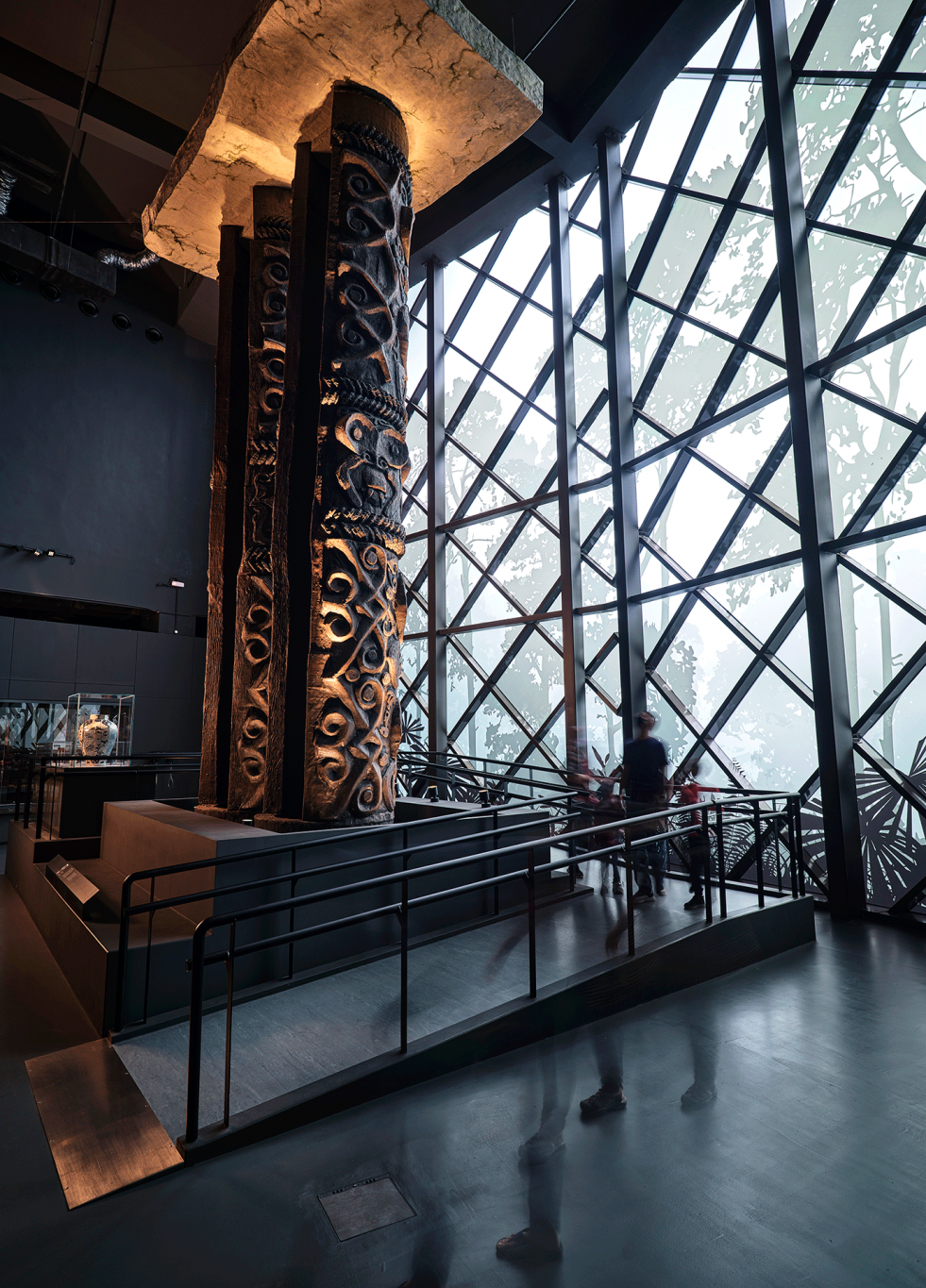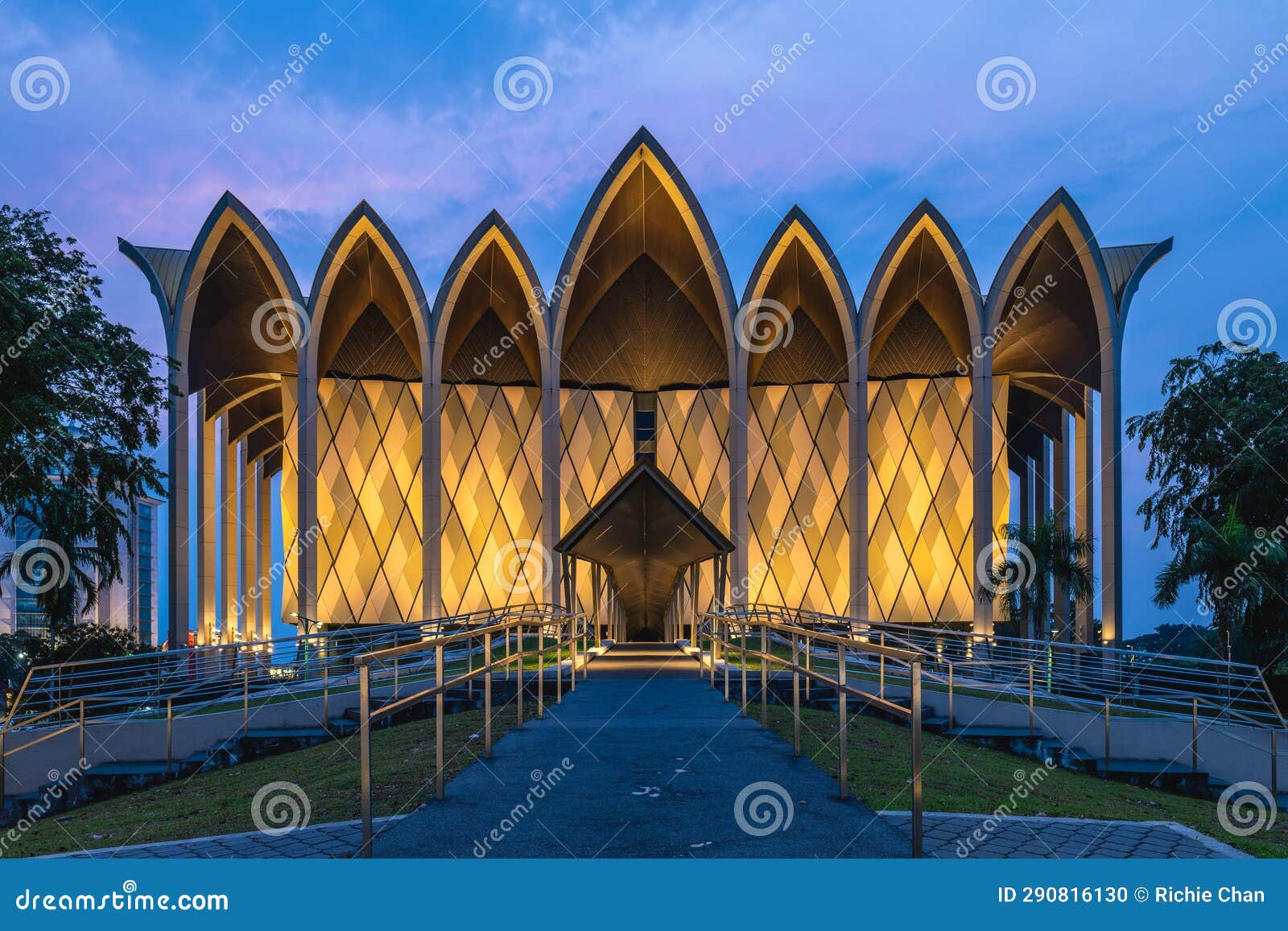Explore the Rich Heritage at Borneo Cultures Museum
Explore the Rich Heritage at Borneo Cultures Museum
Blog Article
Explore the Remarkable Globe of Borneo's Cultural Heritage: A Comprehensive Overview to the Cultures Gallery Experience
Immersing oneself in the elaborate tapestry of Borneo's social heritage is comparable to starting a voyage via time and tradition. The blend of aboriginal tribes, typical handicrafts, exciting efficiencies, and historical stories housed within the boundaries of the island's museums uses a glimpse right into a globe including extensive heritages and lively customs. As visitors go across with these repositories of society, they are bid to check out a world where past and existing intermingle, welcoming consideration on the durability and richness of Borneo's varied heritage.
Native People of Borneo
Borneo is home to over 50 native tribes, each with special cultural methods and customs that have actually been maintained for generations. Amongst these tribes are the Iban, known for their traditional longhouses and complex tattoos where multiple households reside. The Dayak people, another prominent team, engage in sophisticated spiritual events and are knowledgeable artisans, crafting elaborate timber makings and woven fabrics. The Penan people, on the various other hand, are nomadic hunter-gatherers with a deep connection to the rain forest, using blowpipes for searching and celebration wild plants for food.
These aboriginal people play a crucial function in keeping Borneo's rich cultural tapestry. Site visitors to Borneo have the possibility to involve themselves in the one-of-a-kind way of lives of these people via cultural trips, homestays, and community-based tourism efforts.
Traditional Handicrafts and Artifacts

One popular example of standard inventions in Borneo is the manufacturing of woven goods - Borneo Cultures Museum. Skilled weavers make use of natural fibers like bamboo, pandan, and rattan delegates create intricate baskets, mats, and accessories decorated with vibrant patterns that hold symbolic definitions within the neighborhood
The art of woodcarving is another considerable element of Borneo's conventional handicrafts. Artisans carve intricate designs into various types of timber to create masks, sculptures, and music tools that not just serve functional purposes but also hold cultural significance, frequently showing mythology or spiritual beliefs.
Furthermore, Borneo is renowned for its beadwork, with craftsmens carefully crafting grains from materials like glass, seeds, and shells to produce fashion jewelry, apparel decorations, and attractive things that display the region's vibrant aesthetic customs. These standard inventions and artefacts not just act as substantial expressions of Borneo's cultural heritage yet also give understandings into the areas' ideas, values, and way of living.

Cultural Performances and Festivals
With an ingrained link to their social traditions, the neighborhoods in Borneo come to life through dynamic cultural efficiencies and celebrations that celebrate their heritage. These events display the rich variety of Borneo's ethnic groups, each offering special dances, music, and rituals that have been passed down with generations. Among the most popular events is the Gawai Dayak, celebrated by the Dayak individuals to note the rice collecting period. During this event, conventional songs fills the air, intricate dancings are performed, and fancy conventional outfits are put on. One more substantial occasion is the Pesta Kaamatan, commemorated by the Kadazandusun neighborhood to appreciate for the rice harvest. This celebration includes social efficiencies, including the Sumazau dancing, and typical sporting activities like the bamboo dance. Visitors to Borneo can immerse themselves in these festivities, getting a deeper understanding of the area's social heritage and experiencing the warm friendliness of its people. Social efficiencies and festivals work as a vivid reminder of Borneo's rich cultural tapestry and the value of maintaining these customs for future generations.
Historic Narratives and Artifacts
Discovering the historical narratives and artifacts of Borneo offers a fascinating glimpse into the region's rich past and cultural advancement. Borneo's historic tapestry is woven with diverse impacts, showing the interactions between native tribes, Chinese investors, European colonizers, and Malay sultanates. The artifacts found in Borneo display this intricate background, ranging from conventional crafts like complex beadwork and woodcarvings to historical prizes such as ancient pottery and devices.
Among the most compelling elements of Borneo's historical narratives is the conservation of dental traditions passed down via generations. These tales give understandings right into the beliefs, custom-mades, and every day lives of Borneo's occupants throughout the centuries. Additionally, the artifacts discovered from historical sites offer substantial links to these narratives, permitting visitors to witness the product culture of past cultures firsthand.
Contemporary Cultural Preservation Efforts

Moreover, curricula and cultural exchange tasks play a critical function in elevating recognition about the value of protecting Borneo's one-of-a-kind social heritage. By engaging colleges, museums, and the broader neighborhood in discussions and tasks that celebrate Borneo's diverse societies, preservation initiatives can obtain energy and assistance for long-term sustainability. Collaborations in between governmental bodies, non-profit organizations, and local communities are essential in driving these preservation ventures forward, making certain that Borneo's rich cultural heritage remains lively and treasured for generations ahead.
Verdict
To conclude, the social heritage of Borneo is varied and abundant, with aboriginal tribes, standard handicrafts, cultural performances, celebrations, historical narratives, and modern conservation efforts all adding to its originality and relevance. Visitors to Borneo's social galleries can get a deeper understanding and gratitude of the area's social heritage, enabling a much more immersive and informing experience.
Submersing oneself in the elaborate tapestry of Borneo's cultural heritage is akin to beginning on a trip through time and tradition.With an ingrained link to their cultural traditions, the communities in Borneo come to life via lively cultural performances and celebrations that commemorate their heritage. Cultural performances and festivals offer as a dynamic pointer of Borneo's rich cultural tapestry and the importance of maintaining these practices for future generations.
Furthermore, academic programs and social exchange tasks play an important role in increasing awareness concerning the value of preserving Borneo's one-of-a-kind social heritage. Collaborations in between Borneo Cultures Museum governmental bodies, non-profit companies, and regional areas are crucial in driving these conservation ventures forward, ensuring that Borneo's abundant cultural heritage remains vivid and cherished for generations to come.
Report this page